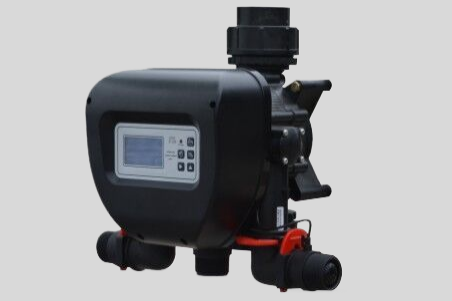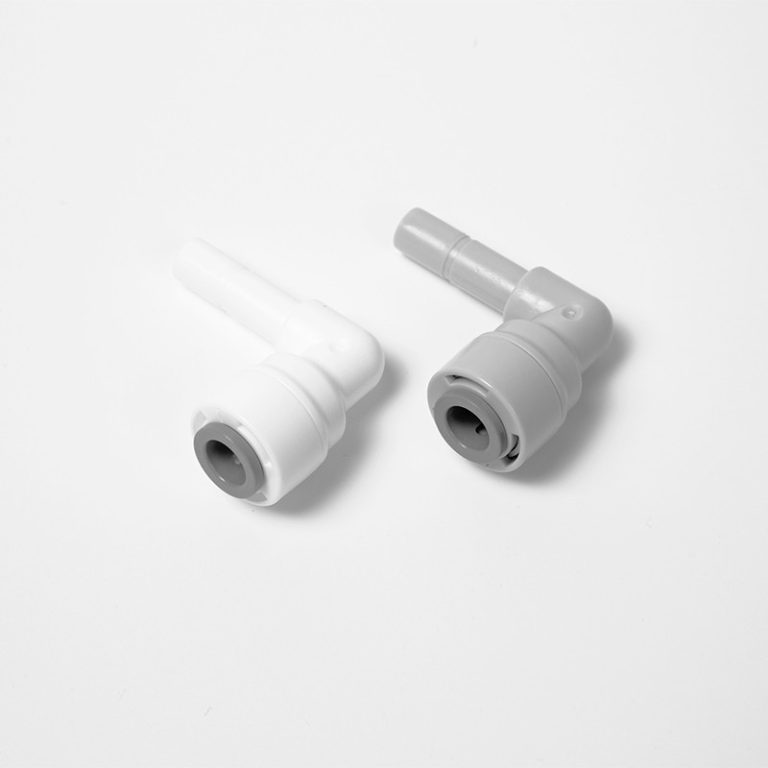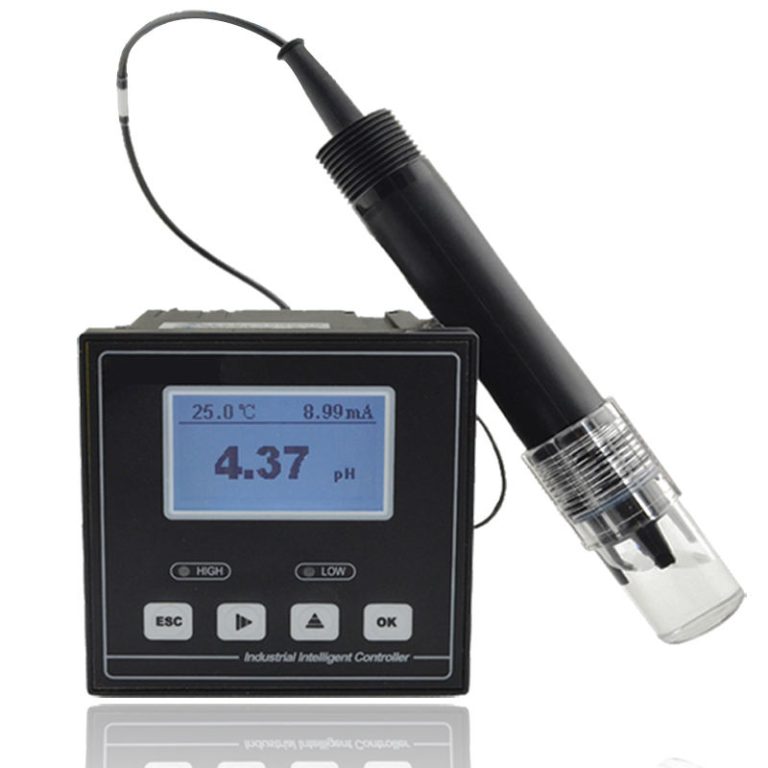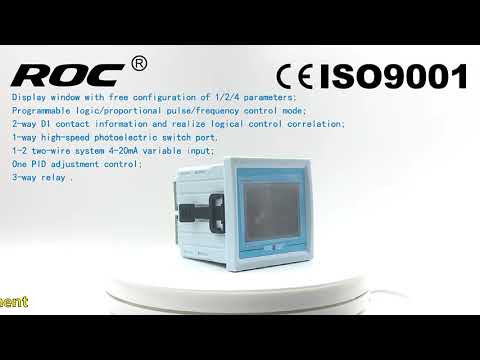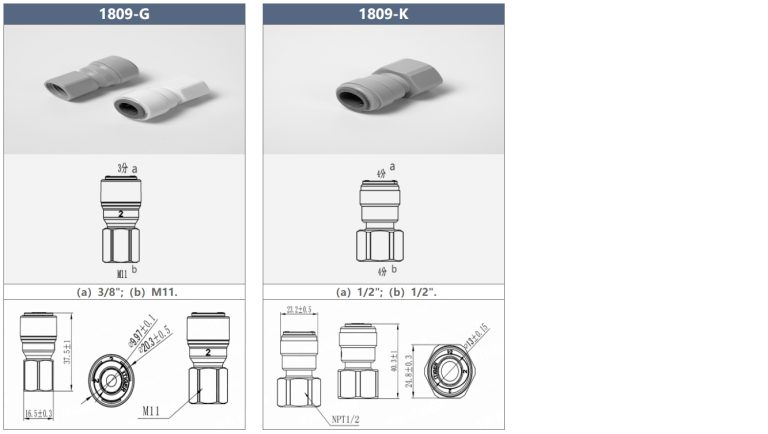Pure water, pure life.
Understanding Reverse Osmosis: A Comprehensive Guide
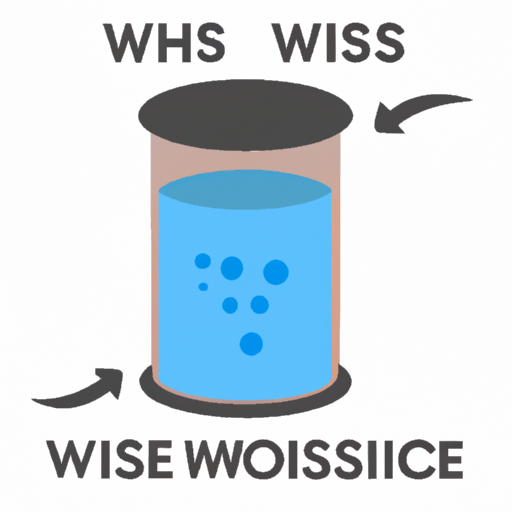
Reverse osmosis is a water purification process that has gained popularity in recent years due to its effectiveness in removing impurities from water. In this comprehensive guide, we will delve into the details of reverse osmosis, exploring how it works, its applications, and its advantages and disadvantages.
To understand reverse osmosis, it is essential to grasp the concept of osmosis. Osmosis is a natural process in which a solvent, such as water, moves from an area of lower solute concentration to an area of higher solute concentration through a semipermeable membrane. This movement occurs to equalize the concentration on both sides of the membrane.

Reverse osmosis, as the name suggests, is the opposite of osmosis. It involves applying external pressure to the more concentrated side of the membrane, forcing the solvent to move in the opposite direction. This pressure-driven process allows the removal of impurities, such as dissolved salts, bacteria, and other contaminants, from the water.
| ROS-2210 Double-Stage Reverse Osmosis Program Controller | |
| 1.water source water tank without water protection | |
| 2. Pure tank low level | |
| 3.Pure tank high level | |
| Acquisition signal | 4.low pressure protection |
| 5.high pressure protection | |
| 6.pretreatment regeneration | |
| 7.manual/automatic control | |
| 1.water inlet valve | |
| 2. flush valve | |
| Output control | 3. low pressure pump |
| 4.high pressure pump | |
| 5.conductivity over standard valve | |
| Measuring range | 0~2000uS |
| Temperature range | Based on 25℃, automatic temperature compensation |
| AC220v±10% 50/60Hz | |
| Power supply | AC110v±10% 50/60Hz |
| DC24v±10% | |
| Medium temperature | The normal temperature electrode<60℃ |
| High temperature electrode<120℃ | |
| Control output | 5A/250V AC |
| Relative humidity | ≤85% |
| Ambient temperature | 0~50℃ |
| Hole Size | 92*92mm(high*wide) |
| Installation method | The embedded |
| Cell constant | 1.0cm-¹*2 |
| Display usage | Digital display: conductivity value/temperature value; Supporting RO process flow chart |
| 1.Electrode constant and type setting | |
| 2.Conductivity overrun setting | |
| 3.Flush Settings at intervals of * hours | |
| Main function | 4.Flushing time setting |
| 5.RO membrane running time setting | |
| 6.Power on automatic operation/stop setting | |
| 7.Mailing address, baud rate setting | |
| 8.Optional RS-485 communication interface | |
Reverse osmosis has found numerous applications in various industries and households. It is commonly used in desalination plants to convert seawater into freshwater, making it suitable for drinking and irrigation purposes. Additionally, reverse osmosis is employed in the production of ultrapure water for pharmaceutical and electronics manufacturing, as well as in wastewater treatment to remove pollutants before discharge.
One of the significant advantages of reverse osmosis is its ability to produce high-quality water. The process effectively removes up to 99% of dissolved salts, heavy metals, and other contaminants, resulting in clean and safe drinking water. This makes reverse osmosis an ideal choice for areas with limited access to clean water sources or where the existing water supply is heavily polluted.
However, reverse osmosis does have its drawbacks. The process is relatively slow, requiring a significant amount of time to produce a sufficient quantity of purified water. Additionally, reverse osmosis systems can be expensive to install and maintain, making them less accessible for some households or communities with limited financial resources.
It is worth noting that reverse osmosis also removes essential minerals from the water, such as calcium and magnesium, which are beneficial for human health. To address this issue, some reverse osmosis systems incorporate remineralization filters to add back these minerals, ensuring a more balanced and healthier drinking water.
When considering a reverse osmosis system, it is crucial to assess the specific needs and requirements. Factors such as water quality, flow rate, and maintenance costs should be taken into account. Consulting with a water treatment professional can help determine the most suitable system for individual needs.
In conclusion, reverse osmosis is a water purification process that effectively removes impurities from water through the application of external pressure. It has various applications in industries and households, providing high-quality water for drinking, manufacturing, and wastewater treatment. While it offers numerous advantages, such as producing clean and safe water, reverse osmosis also has limitations, including its slow operation and potential removal of essential minerals. Understanding these aspects is essential in making informed decisions regarding water treatment options.

